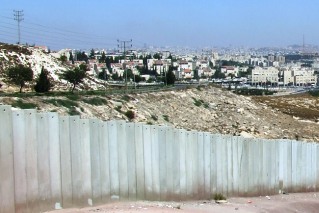 Photography: Ronit Sela
Photography: Ronit SelaThe Separation Barrier in the Jerusalem area was established over a decade ago, along a route that diverged both from the municipal boundary of the city as determined in June 1967 and from the Green Line. The substantial discrepancies between the course of the Barrier and the municipal and political borders – which were well-known to the planners of the Barrier and to the government that approved it – have created a new reality of governmental vacuum, legal uncertainty, and planning chaos. These in turn have led to serious human rights violations and to a deterioration in the condition of the neighborhoods and the enclaves that were detached from the city.
This position paper, published by the Association for Civil Rights in Israel (ACRI), examines the proposal to remove the large Palestinian neighborhoods beyond the Barrier from the jurisdiction of the Jerusalem Municipality, and to establish a new Israeli local council there. According to this proposal, the local council will operate under the Israeli Ministry of the Interior, and the Palestinian-Jerusalemite residents of this area will continue to hold Israeli identity cards. The initiative is focusing on Kafr ‘Aqab in the north of the city, and on Shuafat Refugee Camp and the three adjacent neighborhoods to the northeast.
To read the full position paper, click here







